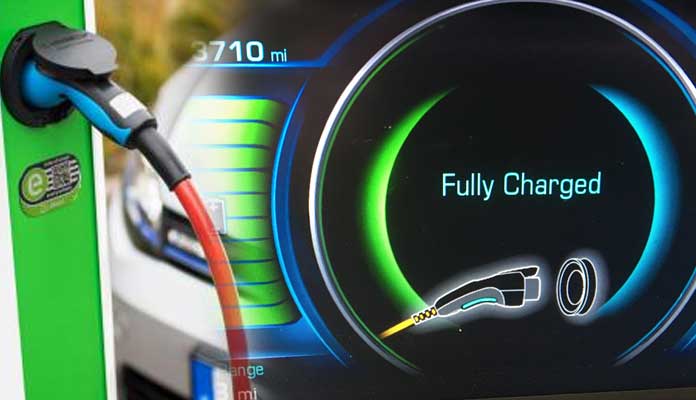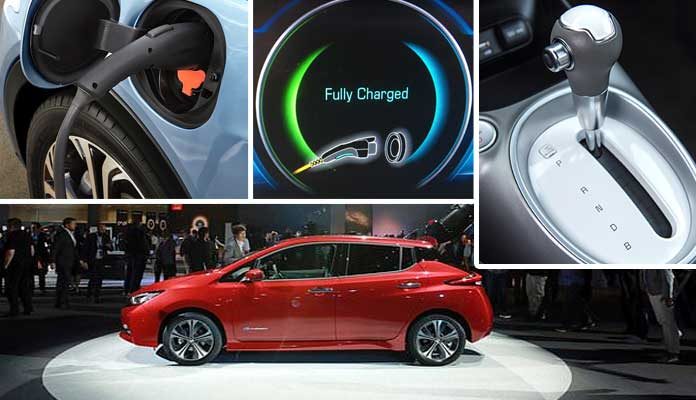The one-pedal driving technology means giving the driver just one pedal to drive and brake. More of the electric vehicle manufacturers are thinking of incorporating the one-pedal driving into their upcoming electric vehicles. Chevy, BMW, and Tesla are already working on perfecting this technology.
Why One-Pedal Driving?
The use of one-pedal driving lets you have more control over the vehicle. Also, it takes more time to stop your vehicle with two pedal to manage, one for braking and one for accelerating. The conventional braking system increases the braking distance, adding to the danger of a collision or an accident.
However, it does not mean that the new electric car will not have conventional brakes. The vehicle will have a braking system, but you would only need to apply it in emergency situations. The deceleration of the car is at a much higher rate than in a gasoline car.
How Does It Feel to Drive a One-Pedal Technology Car?
The people who have experienced driving an EV with one-pedal technology say that it feels like driving an automatic gasoline car. When the driver lifts their foot off the pedal, it keeps gliding forward. However, it will gradually start reducing speed due to wind resistance.
Conventional Braking System VS One-Pedal Braking System
The deceleration does the real magic, different in one-pedal driving than in a conventional braking system.
The conventional braking system either uses discs with rotors or a drum brake with leathers inside it. However, whenever we apply the traditional braking system, the kinetic energy gets wasted into heat energy due to friction.
However, when we decelerate an electric car (equipped with one-pedal driving technology), it turns the energy obtained from deceleration to charge the batteries. Furthermore, the regeneration of energy depends on the design of the electric vehicle.
 How is New Nissan Leaf’s One-Pedal Technology Different?
How is New Nissan Leaf’s One-Pedal Technology Different?
The earlier versions of one-pedal driving technology were different. They were not designed to bring the vehicle to a complete halt. However, Nissan will become the first company to introduce the one-pedal driving technology designed to stop the car.
The new Nissan Leaf will come with the same two pedals. However, the use of computer controls will mean extra functions available to the braking system. So, when a driver lifts their foot off the accelerator, it will not just slow down, but stop the vehicle. Also, even if the driver does not accelerate, the car will not roll back when climbing up a steep road.
What Are the Advantages of One-Pedal Driving Technology?
Here are some of the benefits of using one-pedal driving in the new electric cars.
Energy Efficiency
Electric vehicles are already trying to cram in as much power as possible. They are increasing the capacity of the batteries so that their cars can have more mileage. Therefore, they need to conserve every ounce of energy available.
The use of the braking system to charge the batteries improves vehicle’s overall levels of energy conservation. It brings to use the energy that would have been wasted into heat energy.
Safer Than Conventional Braking System
The reduced need for conventional braking system makes it safer for the drivers to drive the vehicle. When the driver lifts their foot off the accelerator, the car will start decelerating. Therefore, it makes it safer to drive. In a conventional vehicle, even if the driver’s feet is not on the gas pedal, the car will not stop unless brakes are applied.
Longer Life and Low Maintenance Cost of the Traditional Braking System
Even if an electric vehicle comes with the traditional braking system, the driver will not need to use it often. The reduced need for using the conventional braking system will make it last longer. Thus, the use of one-pedal driving technology will reduce the maintenance cost of the traditional car braking system.


